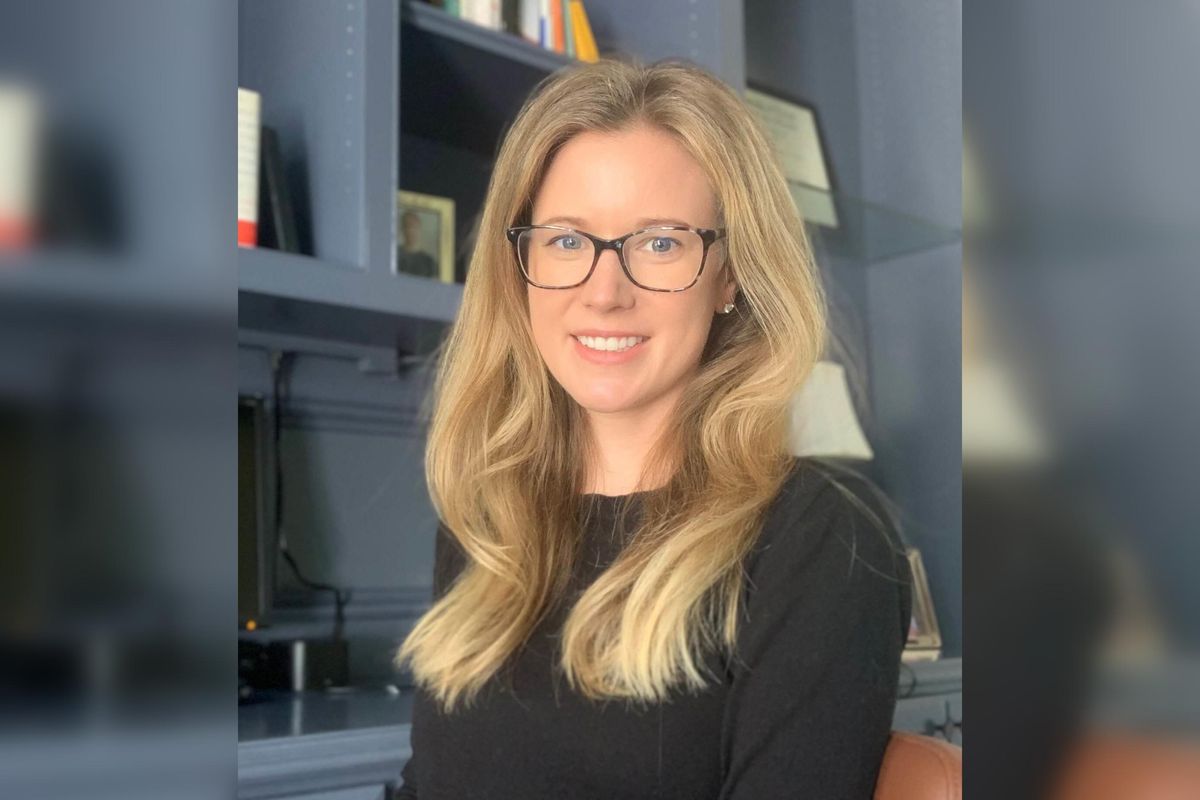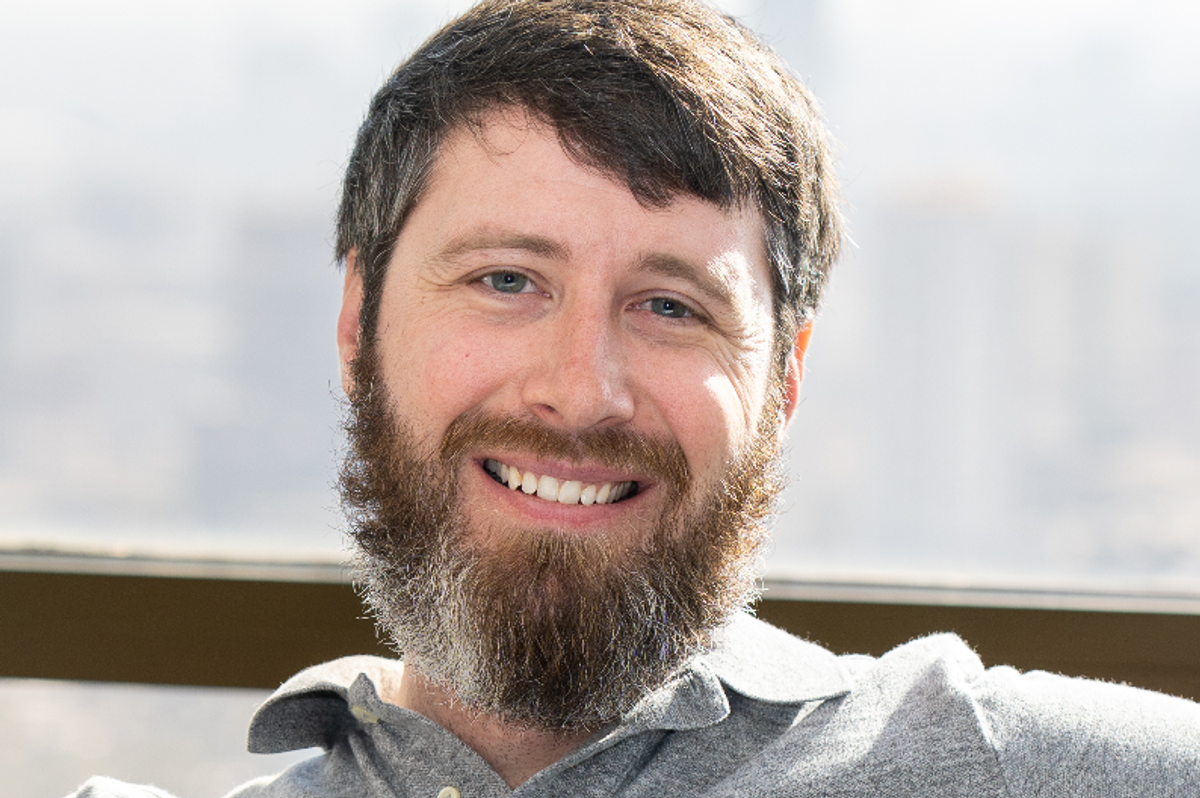A firefighter stands in front of a burning building in Sunnyside. A drone buzzes overhead to capture video of the parts of the structure they can't get eyes on. Infrared technology helps them see "through" the building to where people may be trapped. Robotic cameras are sent in to provide live video from inside, while a tablet shows blinking dots in real time of where the other firefighters are as they move through the different floors of the building.
An injured civilian is pulled out of the flames. A drone delivers potentially life-saving medication while the paramedics assess the damage. The victim's medical records are shared instantaneously with the hospital, and paramedics are connected live to the emergency room while in-transit. As they make their way to the hospital, traffic signals are a step ahead – lights are green at just the right time on Reed and Almeda, clearing the way for an expedited ride and keeping traffic safe for all until the ambulance arrives at the hospital where medical personnel already know what's needed and are ready to jump into action.
It may sound like something out of a science fiction novel, but much of this is already happening. And the parts that aren't commonplace yet may be a reality very soon. We've heard about smart cities technology for some time, and different cities will adopt technology at different paces, but the pieces are finally coming into place.
What has changed to bring this futuristic world into the present? 5G.
There's a lot of noise out there about 5G, and from a consumer standpoint most of the chatter is about speed. Yes, 5G is faster, but here at AT&T we're quick to point out that speed is only the beginning: The capacity and responsiveness of 5G technology is what makes it revolutionary for use cases like these.
According to analyst research reported by CIO Magazine, 4G technology allows around 2,000 devices all connecting at the same time in a 1-kilometer area (0.386 miles). It's the reason that you might have trouble getting a call or a text to go through when you're at a crowded stadium. The network is ready and willing, but too much demand on one location slows things down.
Think about all the connections necessary in the above scenario. The drones, each firefighter, the robotic camera, the tablets, the ambulance and its equipment, sensors in the building, the hospital and all the people waiting there, the traffic signals… the list goes on. Well, 5G technology enables something called Massive IoT and can mean as many as 1 million devices can be connected in that same kilometer range, according to analyst research reported by CIO Magazine. That's game changing. AT&T has already installed its fastest 5G+ technology at the Toyota Center. Hopefully the next time you're there you'll feel the difference for yourself.
But having all those things talk to each other only makes a real difference if the connection is uninterrupted and in as real time as possible. 5G gives us that, as well. Ultra-low latency reduces response times to milliseconds. And when you add near-zero lag time to all those connections, the future becomes the present.
At AT&T we're passionate about public safety. That's why we created FirstNet, the first dedicated network exclusively for first responders, which ensures that the lines of communication stay open when they're needed the most. Harris Health System and Harris County Juvenile Probation are among the agencies already using the network. Going forward, FirstNet could be a crucial part of smart cities technology as capabilities increase.
There are plenty of use cases that 5G will continue to enhance: Think live feeds of police body cameras and locations when in a pursuit, helping increase efficiency and accountability. Think about the first responders themselves. Did you know that heart attack is the leading cause of death among firefighters? Vital signs could be monitored allowing alerts to a fire company of an elevated heart rate in their crew, potentially saving the life of a lifesaver.
5G could be the catalyst that leads to the true adoption of autonomous cars, as millions of sensors allow not only vehicle to vehicle communication, but could also integrate pedestrian traffic, making it safer for everyone as we move towards assisted and eventually self-driving vehicles.
Utility grid sensors could allow power companies to plan more effectively for use, pinpoint outages quickly, and use AI to divert energy and heal itself.
And we all know about Houston traffic. What if there's a world coming soon where we could alleviate just 20 percent of the congestion through smart city technology? In an hour commute, you just got 12 minutes back to spend with your family.
The technology is already getting smarter. The cities won't be far behind.
------
Luis Silva is vice president and general manager at AT&T.



